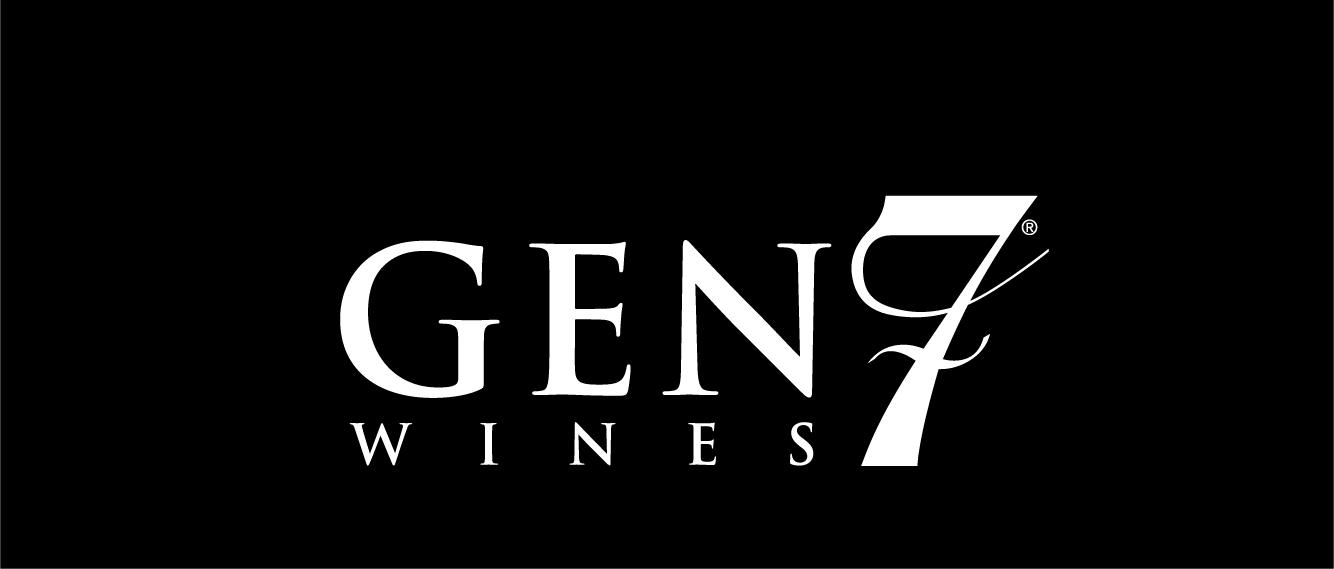The Language of Wine: Mastering Wine Tasting Terminology
Wine tasting can be a delightful and enriching experience, but for many, the world of wine can seem daunting, with its complex jargon and seemingly endless list of terms. Whether you're a novice or a seasoned enthusiast, understanding the language of wine is essential to fully appreciate this age-old beverage's subtleties and nuances. Let's break down some critical wine-tasting terminology to help you feel more confident the next time you raise your glass.
Body
Think of the body of a wine as its weight and texture. Wines are typically described as light-bodied, medium-bodied, or full-bodied. A light-bodied wine feels delicate, while a full-bodied one feels rich and substantial.
Tannin
Tannins are compounds found in grape skins, seeds, and stems, as well as in oak barrels. They contribute to the wine's structure and can make your mouth feel dry. They're responsible for some wines' "grippy" feeling.
Acidity
Acidity provides wines with a refreshing, crisp quality. A too-acidic wine can taste sharp, like biting into a lemon. When it's too low, the wine might feel flat.
Aroma
Aroma refers to the scents you detect when you first swirl and sniff the wine. Typical aromas include fruits, flowers, spices, and even earthy notes. Don't be afraid to use your own words to describe what you smell.
Bouquet
Similar to aroma, a bouquet relates explicitly to the scents that develop in a wine as it ages. This is why aged wines often have a more complex bouquet.
Finish
The finish is the lingering taste and sensation of the wine after you've swallowed it. It can be short, long, or somewhere in between. A long finish is often associated with high-quality wines.
Oakiness
Some wines are aged in oak barrels, which can impart flavors like vanilla, caramel, or spices. When someone mentions "oakiness," they describe the influence of these flavors on the wine.
Terroir
Terroir is the unique combination of soil, climate, and geography that affects the grapes' growth and, subsequently, the wine's flavor. It's a French term that means "sense of place.
Varietal
The varietal is the grape used to make the wine. For example, a wine labeled "Chardonnay" is made from Chardonnay grapes. Different grapes have distinct characteristics that contribute to a wine's taste.
Crisp
This term often describes white wines with high acidity. A crisp wine feels refreshing and clean on the palate.
You'll encounter more specific terms as you explore the world of wine, but understanding these basic concepts is a great start. Remember that wine tasting is a subjective experience, and your senses and preferences play a significant role. The best way to learn is by tasting different wines and paying attention to how they make you feel and what you taste and smell.
What About GEN 7 Wines?
If you want to use your newfound wine knowledge, consider exploring GEN 7 Wines. We offer a diverse range of high-quality wines that cater to various preferences, and our team is dedicated to making your wine-tasting experience exceptional. Whether you're a fan of full-bodied reds or crisp whites, GEN 7 Wines has something to satisfy your palate.
Mastering the language of wine is all about enhancing your wine-tasting experience. It helps you communicate your preferences, discover new favorites, and engage with the vibrant world of wine. So, the next time you savor a glass of wine, you can confidently discuss its body, tannins, and flavor profile with friends and fellow wine enthusiasts. Enjoy your wine journey, and remember to explore the diverse selection of GEN 7 Wines to add some exceptional bottles to your collection. Cheers!
